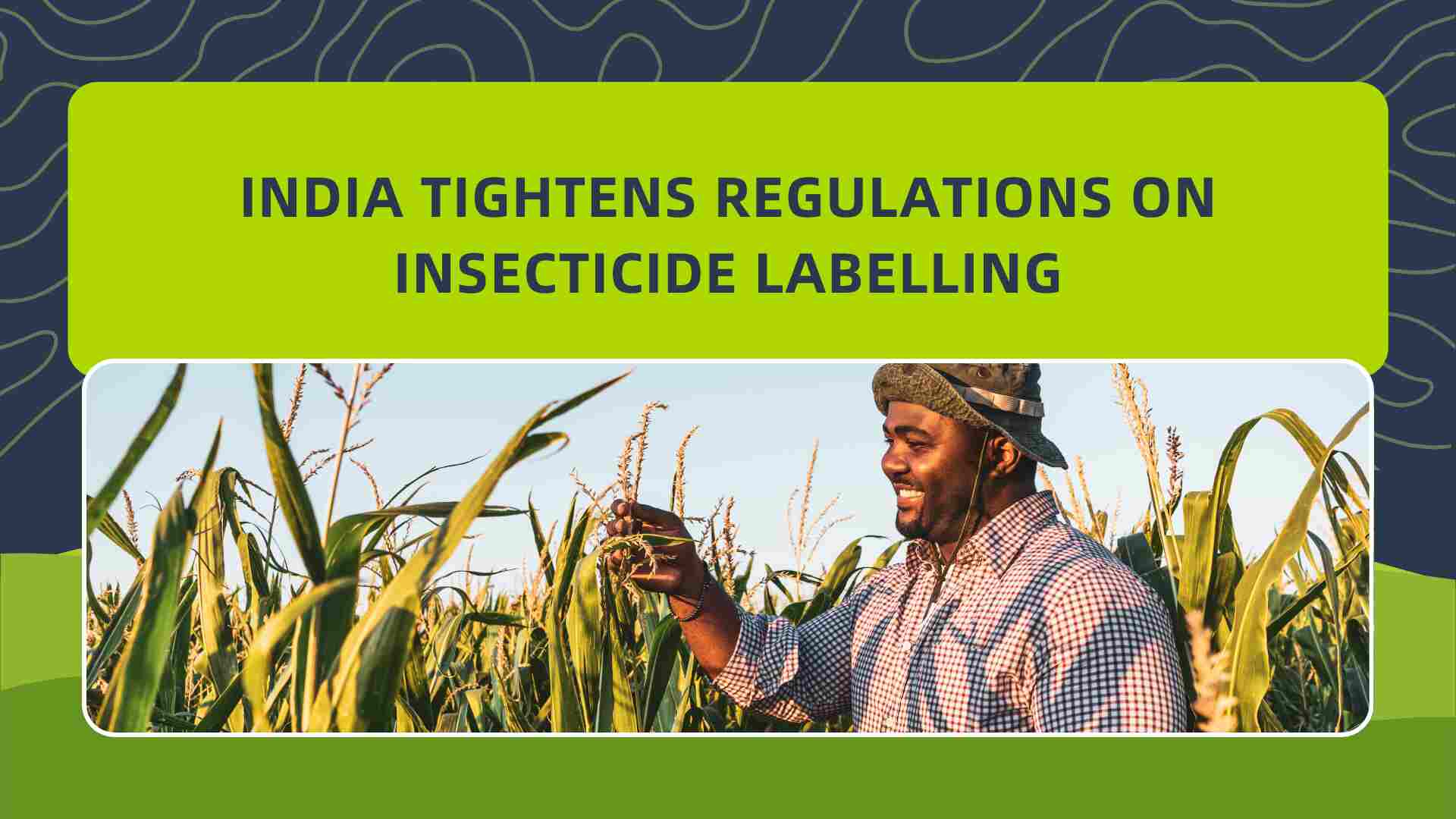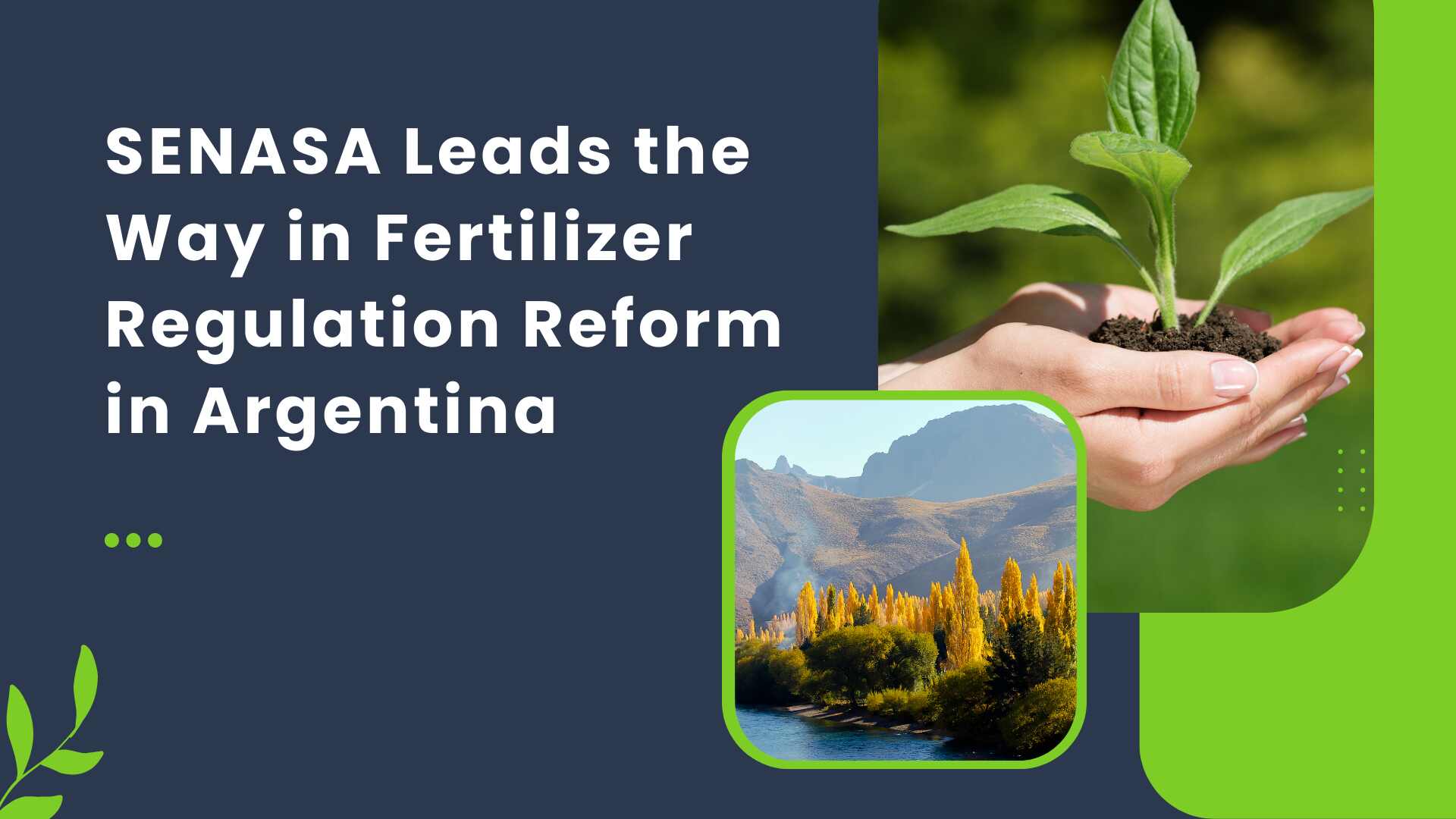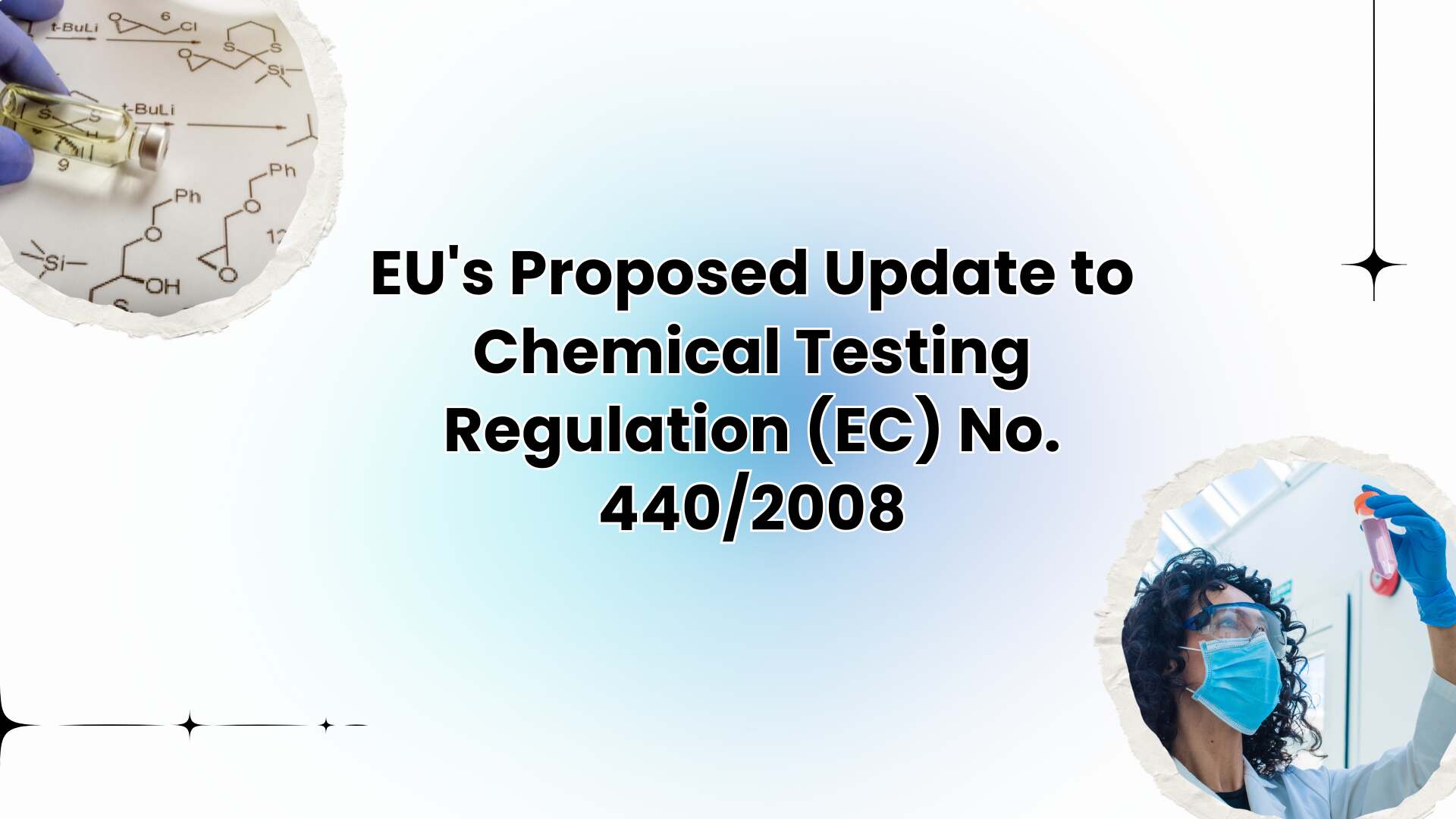The pesticides (First Amendment) Rules, 2025, which were formally issued by the Ministry of Agriculture and Farmers Welfare, significantly alter the way pesticides are labelled and packaged throughout India. Insecticide Labelling Rules India 2025, which take effect immediately, are intended to improve pesticide users safety, clarity, and consumer information.
Building on the Insecticides Rules, 1971, the modifications require that labels for insecticides be printed in Hindi and English, with additional language options for bigger products. Based on net content, labels will group items into “ultra small,” “small,” and “big” packages, each with its own display specifications.
Key changes include:
• The “Read Leaflet Before Use” advice is prominently presented.
• Clearly state the chemical’s purpose (e.g., agricultural or household use).
• Includes ideal re-entry intervals following application.
• The label includes thorough information on composition, dosage, and safety precautions (see to the booklet for more details). Customer Care information is now included on retail packets, along with a Quick Response (QR) Code. Scanning the QR code will offer consumers with detailed product information, such as a unique identification, batch number, manufacturing and expiration dates, and a web connection to the manufacturer.
For ultra-small packages, certain information can be omitted from the label, with complete details provided in the accompanying brochure. In addition, new criteria for secondary packaging have been implemented to guarantee that all vital information is displayed.
Manufacturers and registration certificate holders have a ‘six-month’ grace period from the start of these guidelines to update their labels and leaflets. Furthermore, distribution, sale, or stockpiling of pesticides with non-compliant labelling will be restricted after thirty months from the law’s implementation date.
For the benefit of farmers and the general public’s health, these modifications demonstrate the government’s dedication to promoting safer handling and more knowledgeable application of pesticides.









